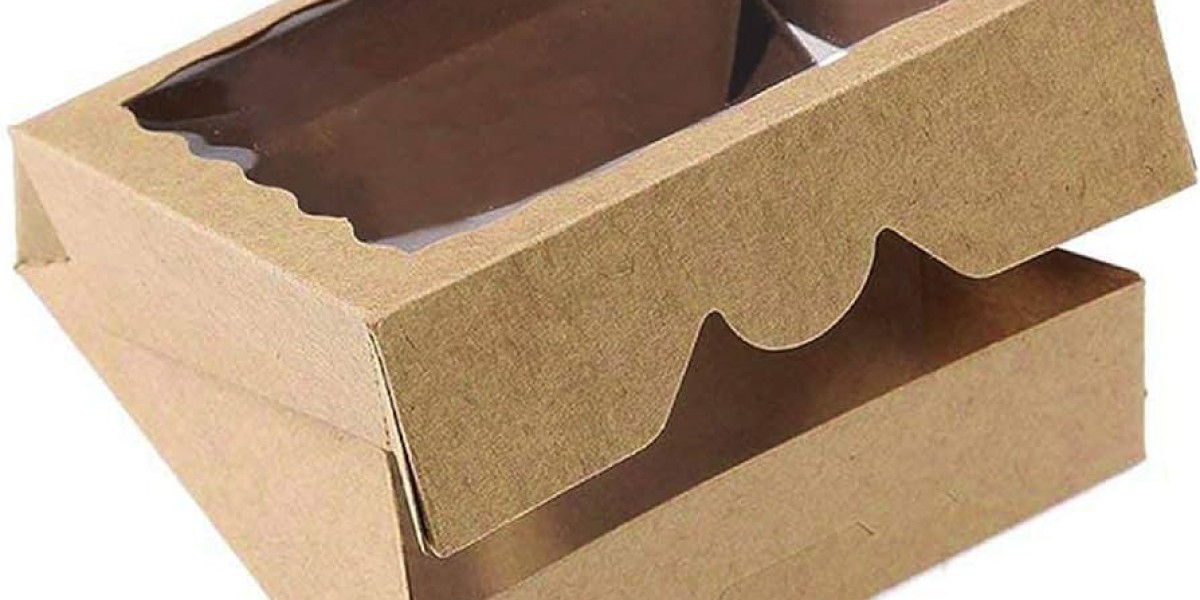Benefits of Custom Printed Product Boxes
Brand Recognition and Awareness Custom printed boxes serve as a powerful tool for brand recognition. A well-designed box with the brand's logo, colors, and tagline helps in creating a memorable impression. Consistent branding across packaging fosters brand loyalty and makes it easier for customers to recognize your products on the shelves.
Enhanced Customer Experience The unboxing experience can significantly impact customer satisfaction. Custom packaging that is aesthetically pleasing and functional enhances the overall experience, encouraging repeat purchases and positive reviews.
Marketing and Promotion Custom printed boxes can act as a marketing tool. Information about promotions, new product launches, or social media handles can be included on the packaging, turning every box into a miniature billboard.
Protection and Durability Beyond aesthetics, custom boxes are tailored to fit the product perfectly, providing better protection during shipping and handling. This reduces the risk of damage and returns, saving costs in the long run.
Eco-Friendly Options Many consumers today prefer environmentally-friendly packaging. Custom boxes can be designed using sustainable materials and eco-friendly printing techniques, aligning with the growing demand for green products.
Design Considerations for Custom Printed Boxes
Brand Identity The design should reflect your brand’s identity. This includes the logo, color scheme, fonts, and overall style. Consistency in these elements helps in reinforcing brand recognition.
Target Audience Understanding your target audience is crucial. The design should appeal to the preferences and values of your customers. For instance, luxury brands might opt for minimalist and elegant designs, while children's products might feature vibrant colors and playful graphics.
Functionality The box should not only be visually appealing but also functional. Consider the product's size, shape, and fragility. The design should ensure easy storage, stacking, and shipping.
Print Quality High-quality printing is essential for making a good impression. Choose printing techniques that offer sharp, vibrant, and durable results. Common printing techniques include offset printing, digital printing, and flexographic printing.
Regulatory Compliance Ensure that your packaging complies with industry regulations, especially if you're dealing with food, cosmetics, or pharmaceuticals. This includes providing necessary product information, usage instructions, and warnings.
Materials for Custom Printed Product Boxes
Cardboard Cardboard is widely used for its versatility and cost-effectiveness. It is suitable for a variety of products and can be easily printed on. Options include corrugated cardboard for extra durability and solid cardboard for a smooth finish.
Paperboard Paperboard is lightweight and ideal for retail packaging. It provides a high-quality print surface and is often used for cosmetics, pharmaceuticals, and food products.
Rigid Boxes Rigid boxes offer a premium feel and are often used for high-end products like electronics, jewelry, and luxury items. They are sturdy and can be customized with various finishing options like embossing and foil stamping.
Eco-Friendly Materials Materials like recycled paper, biodegradable plastics, and sustainably sourced cardboard cater to the growing demand for eco-friendly packaging. They reduce environmental impact and appeal to eco-conscious consumers.
Printing Techniques for Custom Boxes
Offset Printing Offset printing provides high-quality, consistent results and is cost-effective for large runs. It offers excellent color reproduction and fine detail, making it suitable for premium packaging.
Digital Printing Digital printing is ideal for short runs and customization. It allows for quick changes and personalization, such as adding customer names or special messages. The print quality is good, though not as high as offset printing.
Flexographic Printing Flexographic printing is commonly used for corrugated boxes and large-volume orders. It uses flexible plates and is cost-effective for printing on rough surfaces.
Screen Printing Screen printing is suitable for simple designs and limited color schemes. It is often used for specialty packaging and provides a unique, tactile feel.
UV Printing UV printing uses ultraviolet light to cure or dry the ink, resulting in vibrant colors and a glossy finish. It is durable and resistant to scratches, making it ideal for packaging that requires a premium look.
Conclusion
Custom-printed product boxes are a vital component of modern business strategy. They enhance brand recognition, improve customer experience, and serve as an effective marketing tool. By carefully considering design elements, materials, and printing techniques, businesses can create packaging that not only protects the product but also communicates the brand’s story and values. In an era where first impressions matter more than ever, investing in custom printed product boxes is a step towards building a strong, memorable brand.


